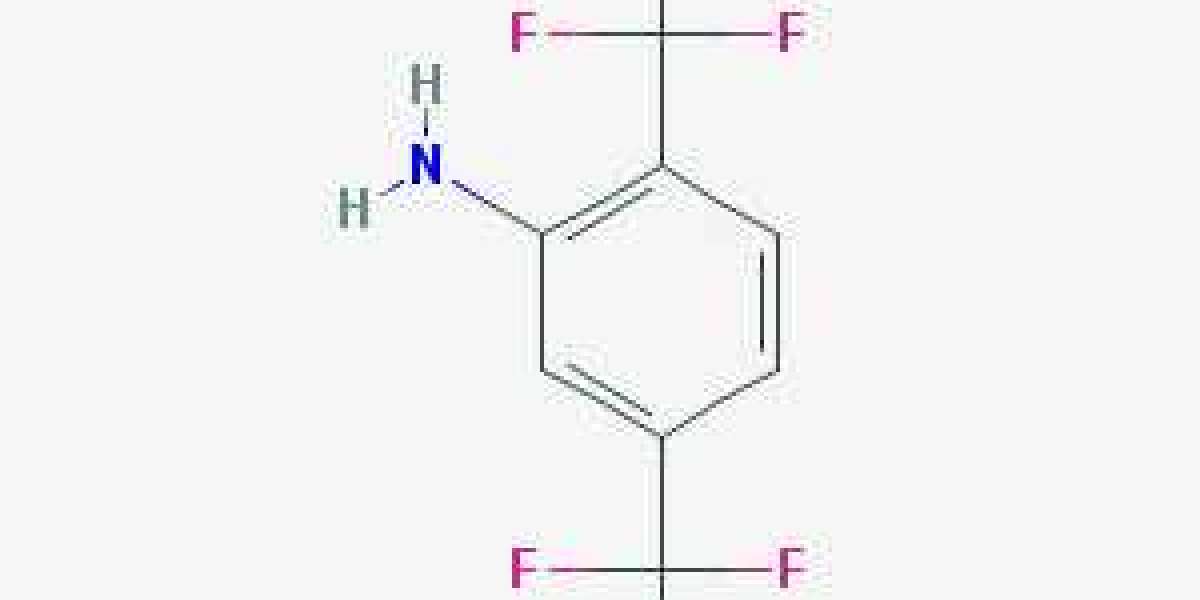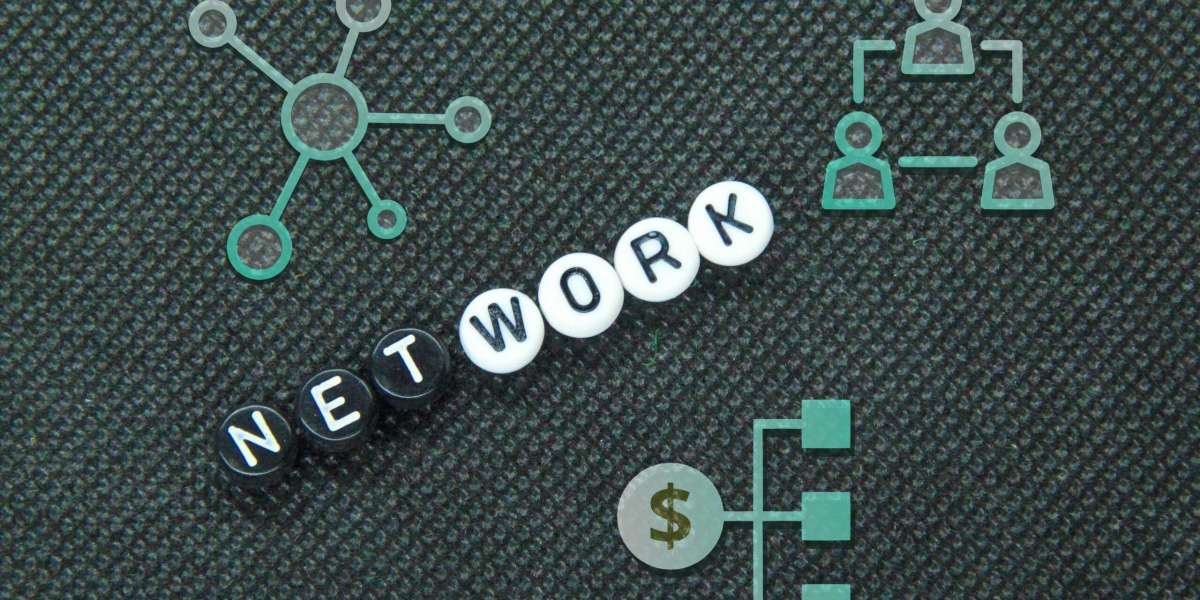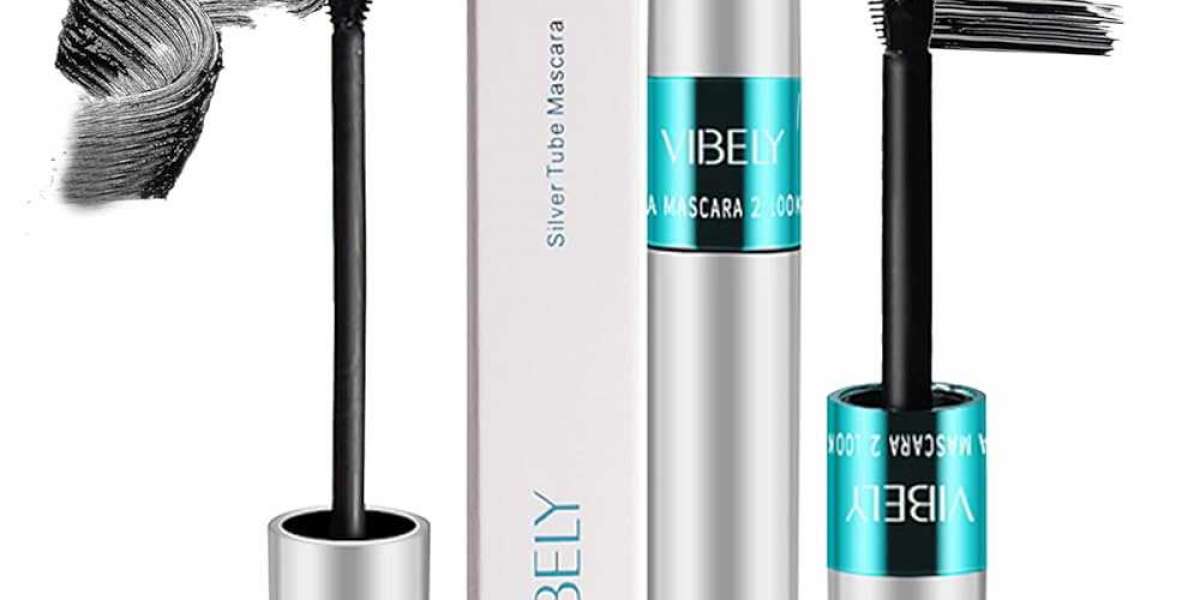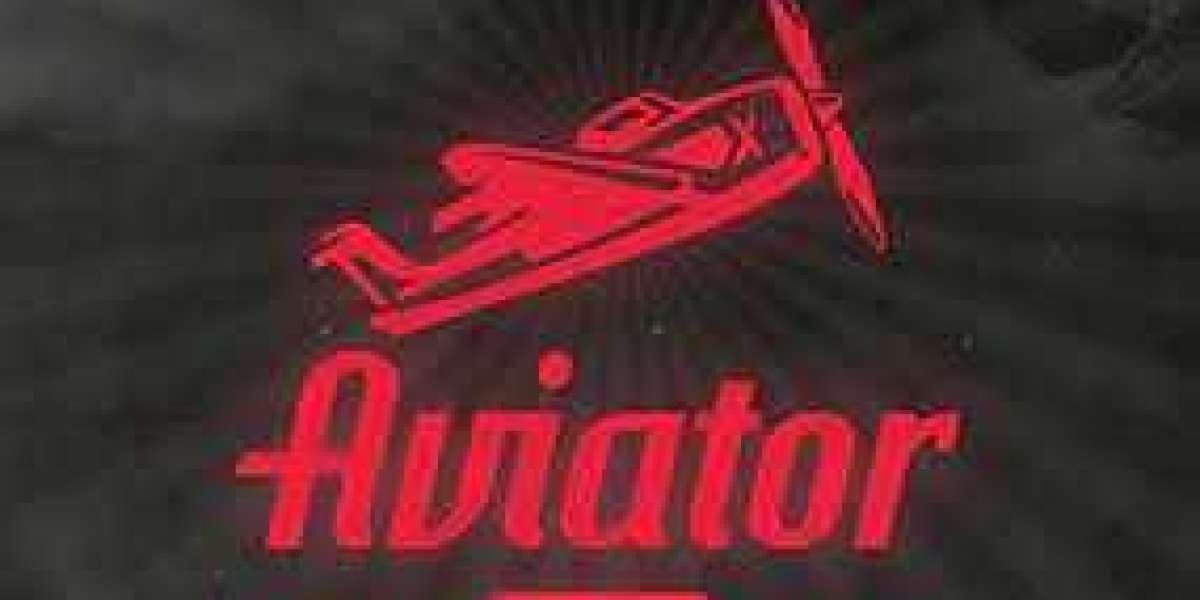How do active pharmaceutical ingredient manufacturers cope with market competition?
The strategies of active pharmaceutical ingredient manufacturers to cope with market competition mainly include the following aspects:
Price competition: Obtaining price advantage by reducing costs. Reducing production and operating costs is the key to the price competitive advantage of active pharmaceutical ingredient enterprises. Enterprises should improve production efficiency, reduce production costs, and thus gain an advantage in price competition.
Non price competition: Attracting more users through differentiation strategies. Non price competition is more subtle and indirect, which is less likely to provoke retaliation from competing companies and can achieve better market competition results. Enterprises can form differentiation by developing new products, improving production processes, or providing high-quality services.
Technological innovation: Continuously conducting research and development innovation, developing new products or improving existing products. For example, improved formulations of taxane drugs have been approved for market launch, meeting market demand and driving market growth.
Market segmentation: Developing specialized drugs for specific diseases or patient groups. For example, highly effective active pharmaceutical ingredients have wide applications in oncology, hormonal imbalances, glaucoma, and other fields, and companies can meet specific needs by segmenting the market.
Outsourced production: Utilizing contract manufacturing services to obtain the professional knowledge required for production, reduce costs, and improve efficiency. Many large pharmaceutical companies have established internal HPAPI manufacturing capabilities, but most small and medium-sized companies do not have the resources to do so, so outsourcing has become a trend.














